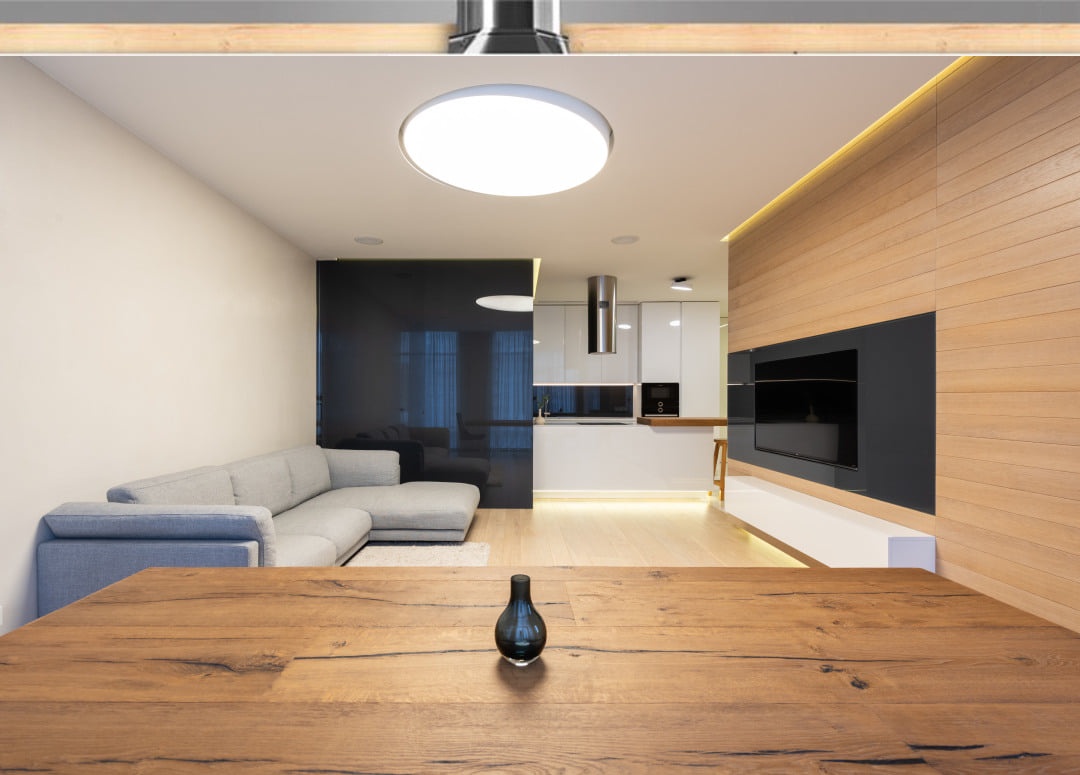Your Guide to Solar Tubes: Common Questions Answered

Humans are diurnal creatures which means that they function best during the day. There are several physical and psychological reasons for this but one of the main ones is the way that sunlight stimulates both the mind and body. Because of this, architects are now designing homes to maximize the amount of sunlight that can enter. With older houses, the amount of sunlight that enters may not be enough, and one of the ways to overcome this is to use solar tubes. These devices are also great for newer houses where the occupants want to increase the use of daylight indoors.
Solar Tube FAQs
There is some confusion surrounding solar tubes, including the terminology. Here are the answers to a few of the most common questions.
What are the various names for solar tubes?
They are also called “daylighting devices”, “tubular skylights”, “daylight pipes”, “sun tunnels” and “light tubes.”
How Do They Work?
A slim, flat daylight collector is mounted on the roof. The sunlight is then taken to the interior of the house by special highly reflective tubes. The tubes can go through walls and floors without affecting the structural integrity of the building and with almost no light loss.
Do solar tubes increase indoor heat buildup in summer or heat loss in winter?
No, they do not. Unlike traditional skylights which allow both heat and light to pass through them, solar tubes allow the maximum amount of light to pass through while limiting the heat that comes into the home or goes out of it.
Are solar tubes more expensive than traditional skylights?
No, they are not. The cost of a solar tube will depend on the model (size) and the amount of tubing that has to be done, but in general, the cost is typically about half of the regular skylight.
Do solar tubes increase the risk of leaks and water seepage?
No, they do not. In fact, unlike traditional skylights, the risk of leaks and/or seepage occurring over time is negligible.
How difficult is the installation?
Solar tube installation is quick and clean and is usually completed in just a few hours.
How is light diffused in a room?
A range of elegant light fixtures to suit all types of home décor are available to maximize the diffusion of light.
Does the light fixture work at night?
A light add-on kit is available that enables an electric light to function in the same fixture so it can be used at night. This reduces the clutter that multiple fixtures would otherwise cause.
Also Read: Reduce Your Electricity Bills This Summer
Can the amount of sunlight be controlled?
Yes, brightness controls are available to adjust the amount of sunlight entering the room.
Do solar tubes have any running costs?
No, once installed, there is are no running costs – sunlight is always free.
What is the best solar tube?
The world leader in solar tube and ventilation devices like solar attic fans is Solatube. This company is known for its pioneering work in work in the field of solar lighting and ventilation. Solatube’s quality standards are unquestioned. The company offers a range of solar tube models to suit every type and size of house.
Those living in the San Francisco Bay Area only have to contact Sunlight Concepts, the Premier Solatube Dealer, to ask for a free consultation where all their questions on solar tubes will be answered so that they are in a position to make informed purchase decisions.
Frequently Asked Questions
1. What are other names for solar tubes?
They are also known as daylighting devices, tubular skylights, daylight pipes, sun tunnels, and light tubes.
2. How do solar tubes work?
A daylight collector on the roof captures sunlight, which is then channeled through highly reflective tubes into the interior of the house.
3. Do solar tubes affect indoor temperature?
No, solar tubes allow light in without significantly affecting heat levels inside the home, unlike traditional skylights.
4. Are solar tubes more expensive than skylights?
No, they are generally about half the cost of traditional skylights.
5. Do solar tubes increase the risk of leaks?
No, they have a negligible risk of leaks or water seepage compared to traditional skylights.
6. How difficult is solar tube installation?
Installation is typically quick and clean, usually completed within a few hours
